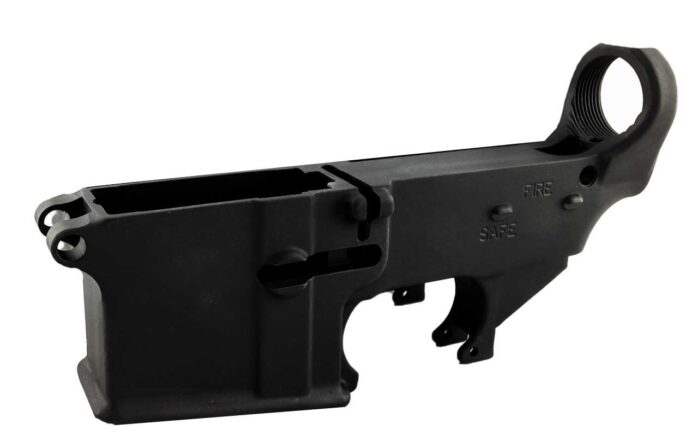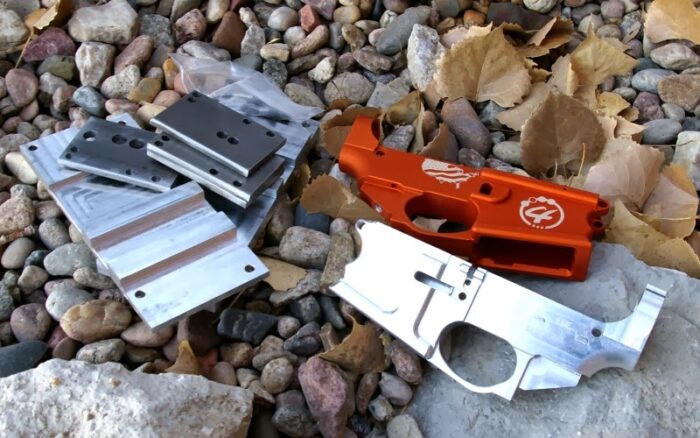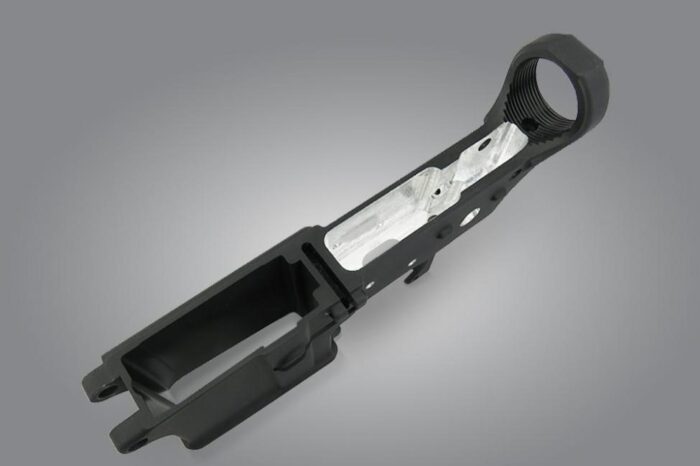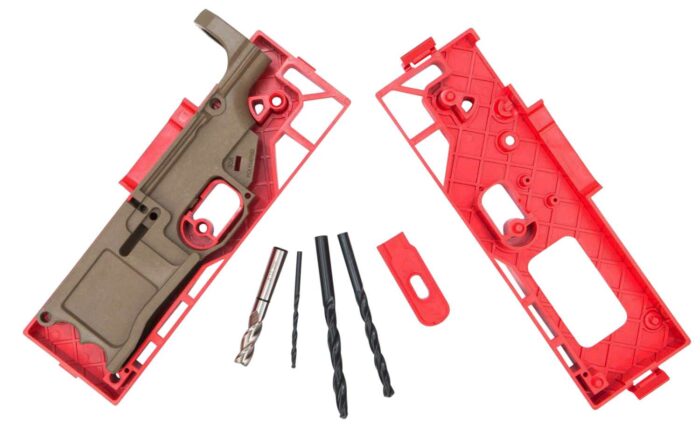
For firearm enthusiasts and DIY hobbyists alike, the allure of customizing and assembling their firearm is hard to resist. This attraction often brings them to the intriguing realm of the ‘80% lower receiver’. Although it sounds technical and complex, this component is a foundational piece in the firearm construction process. Not only does it offer the potential of crafting a unique weapon tailored to one’s preferences, but it also gives the builder an unmatched sense of achievement. As we embark on this informative guide, we will unravel the intricacies and nuances of the 80% lower receiver, shedding light on its importance in the grander schema of firearm assembly.

What is an 80% Lower Receiver?
At the core of firearm assembly is the 80% lower receiver, a component that is, as its name suggests, 80% complete. To put it simply, imagine having a foundational part of your firearm that’s almost ready but requires some finishing touches. Technically, it’s a piece of metal or polymer that resembles the lower receiver of a firearm but hasn’t been machined to its final specifications. This incomplete nature is what differentiates it from a fully-fledged lower receiver, rendering it outside the purview of most firearm-related legal definitions. This unique status, combined with the allure of customization, has endeared it to the DIY firearm community. For these builders, an 80% lower offers an opportunity to engage deeply with the construction of their firearm, adding a layer of intimacy and personalization to the process.
Legal Considerations
Before diving headlong into the world of 80% lower receivers, it’s imperative to understand and navigate its legal landscape. On the surface, 80% lowers may seem like simple blocks of metal or polymer. However, their legal status can change dramatically upon completion. Federally, in the U.S., individuals are permitted to manufacture their firearms as long as they are intended strictly for personal use and not for subsequent sale. But here’s the catch: once you progress from an 80% to a fully completed lower, it transitions from being a simple piece of material to a firearm, in the eyes of the law. Depending on state regulations, this might necessitate serializing and even registering the newly minted firearm. Hence, a keen awareness of both local and federal laws is indispensable, ensuring your DIY project remains lawful and above board.

Benefits of Using 80% Lower Receivers
Diving into the 80% lower receiver world, as seen at 80percentarms.com, isn’t just a passion project; it’s one loaded with tangible benefits. To begin with, there’s the undeniable economic advantage. When compared to procuring a complete firearm or even just a completed receiver, there’s a marked cost-saving potential with 80% lowers. But the benefits don’t stop at your wallet. The world of 80% lowers is akin to an artist’s blank canvas. It beckons firearm enthusiasts with the promise of limitless customization opportunities, offering a platform to manifest their firearm dreams into reality. And if privacy is a concern, 80% lowers come as a boon. Since they aren’t classified as firearms until completion, they circumvent the need for background checks or any associated paperwork, ensuring that your firearm endeavor remains a personal one.
Tools and Materials Needed
Venturing into the process of refining an 80% lower? Equip yourself with the right set of tools. Primarily, a milling machine or a robust drill press will be your mainstay, ensuring you can carve out precise and consistent cuts. Pair this with a sturdy vise to hold the lower securely in place. Your precision tools, like drill bits and end mills, are paramount. Investing in quality here can mean the difference between a flawless finish and a botched job. Lubricating oil ensures smoother cuts and longer tool life. But it’s not just about the tools; personal safety is paramount. Never underestimate the importance of protective gear such as gloves, safety glasses, and hearing protection. Moreover, your workspace plays a pivotal role. Ensuring a clean, well-lit, and organized environment can significantly enhance both safety and accuracy throughout the machining process.
Step-by-Step Assembly Process
As you embark on the transformation of your 80% lower into a functioning firearm component, following a meticulous guide is crucial. While each 80% lower might come with its set of nuances, a general trajectory is commonly followed:
- Secure Your Workspace: Before you start, ensure your workspace is clean, organized, and free from distractions.
- Position the 80% Lower: Using your vise, firmly secure the 80% lower, ensuring it’s stable.
- Marking and Measuring: With utmost precision, mark the areas that need machining. Double-checking at this stage can save many potential headaches.
- Begin Milling: Using your milling machine or drill press, begin the machining process, constantly referring to the receiver’s blueprints or guide.
- Regular Checks: Periodically remove the lower from the vise to check the depth and consistency of your work.
- Final Touches: Once the main machining is complete, refine the edges and surfaces, ensuring they’re smooth and free from imperfections.
- Assembly: With the machining complete, you can now proceed with the assembly, integrating other components like the trigger mechanism, safety select, and other internal parts.
(Note: For a detailed guide with visual representation, it’s best to consult specific resources or instructional videos tailored to the specific 80% lower in question.)
Types of 80% Lower Receivers
The world of 80% lower receivers isn’t monolithic. Depending on your preferences, needs, and the final firearm’s intended usage, you have several materials to choose from. The most common is aluminum, revered for its balance between weight and strength. It’s a traditional choice for many and has stood the test of time. However, the modern age has introduced polymer lowers, offering reduced weight and often a more straightforward machining process. However, they might not offer the same durability as their aluminum counterparts. Beyond these, there are also specialty materials and blends, each with its set of pros and cons. Being well-informed and choosing the right material can significantly impact the longevity, functionality, and aesthetics of your firearm.

Compatibility with Firearm Platforms
80% lower receivers are versatile, but one size doesn’t fit all. The most prominent platform associated with them is the AR-15, but that’s just the tip of the iceberg. There are 80% lowers designed specifically for AR-10s, AR-9s, and even some pistol platforms. It’s crucial to ensure that the lower you procure is compatible with the firearm platform you intend to build. This includes not just the fit but also the alignment of holes, slots, and compatibility with other components.











